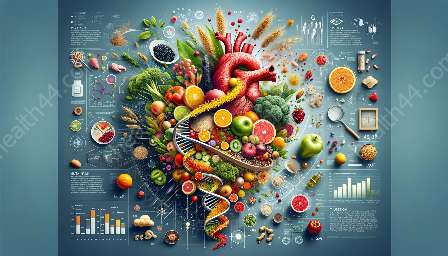Understanding the dietary guidelines for different age groups and life stages is crucial for optimizing nutrition and overall health. The nutritional needs of individuals vary significantly based on their respective ages and life stages. Factors such as growth, development, metabolism, and hormonal changes influence these varying nutritional requirements. In this comprehensive guide, we will explore the dietary recommendations tailored for infants, children, adolescents, adults, and older adults, as well as specific life stages such as pregnancy and lactation.
Infancy (0-12 months)
During the first year of life, infants experience rapid growth and development, making proper nutrition essential for optimal health. The dietary guidelines for this age group recommend exclusive breastfeeding for the first six months of life, followed by the introduction of complementary foods alongside continued breastfeeding until at least 12 months of age. Breast milk or infant formula provides essential nutrients such as protein, fat, carbohydrates, vitamins, and minerals critical for infant development.
Early Childhood (1-5 years)
Toddlers and young children have distinct nutritional needs to support their growth, development, and energy requirements. The dietary guidelines for this age group emphasize a balanced diet that includes whole grains, fruits, vegetables, lean proteins, and healthy fats. Portion sizes should be appropriate for their age and activity level. Additionally, it is essential to limit the consumption of sugary and processed foods to promote healthy eating habits.
Adolescence (12-18 years)
Adolescence marks a period of rapid growth and maturation, requiring higher energy and nutrient intake. The dietary guidelines for adolescents focus on nutrient-dense foods that provide adequate protein, complex carbohydrates, healthy fats, vitamins, and minerals. Calcium and vitamin D are particularly important for bone health during this stage. Encouraging the consumption of a variety of foods is essential to meet the increased nutritional demands of this age group.
Adulthood
Once individuals reach adulthood, their nutritional needs continue to evolve based on lifestyle, physical activity, and metabolic changes. The dietary guidelines for adults emphasize a well-balanced diet that includes a variety of fruits, vegetables, whole grains, lean proteins, and healthy fats. Portion control, mindful eating, and hydration are essential components of maintaining a healthy diet and optimal nutritional status. Additionally, good nutrition plays a key role in reducing the risk of chronic diseases such as diabetes, cardiovascular disorders, and obesity.
Pregnancy and Lactation
During pregnancy and lactation, women have specific nutritional requirements to support fetal growth, maternal health, and milk production. The dietary guidelines focus on increased intake of key nutrients such as folic acid, iron, calcium, protein, and essential fatty acids. Adequate hydration is also crucial during these life stages. Additionally, maintaining a healthy weight and engaging in regular physical activity are important considerations for promoting a healthy pregnancy and postpartum period.
Older Adults
As individuals age, their metabolism, muscle mass, and nutrient absorption capacity may change, affecting their nutritional needs. The dietary guidelines for older adults emphasize the importance of consuming nutrient-dense foods rich in vitamins, minerals, and antioxidants to support overall health, immune function, and disease prevention. Adequate intake of protein, fiber, calcium, and vitamin D becomes particularly crucial for maintaining bone health, muscle strength, and cognitive function.


